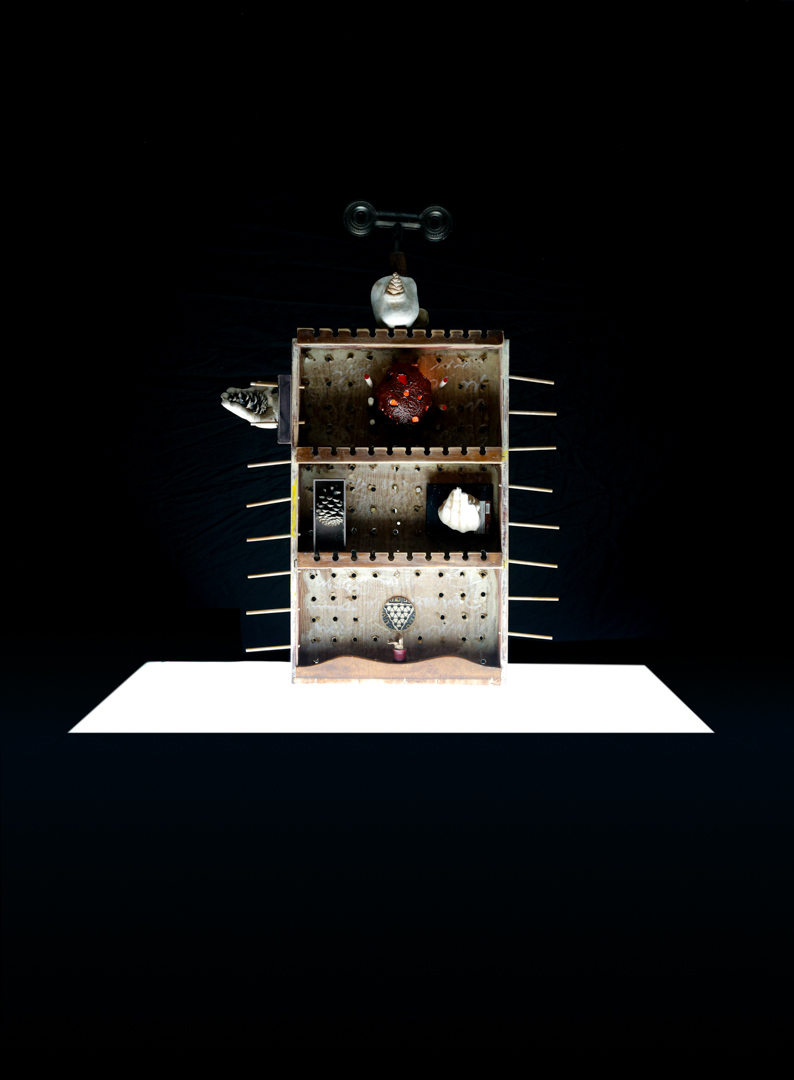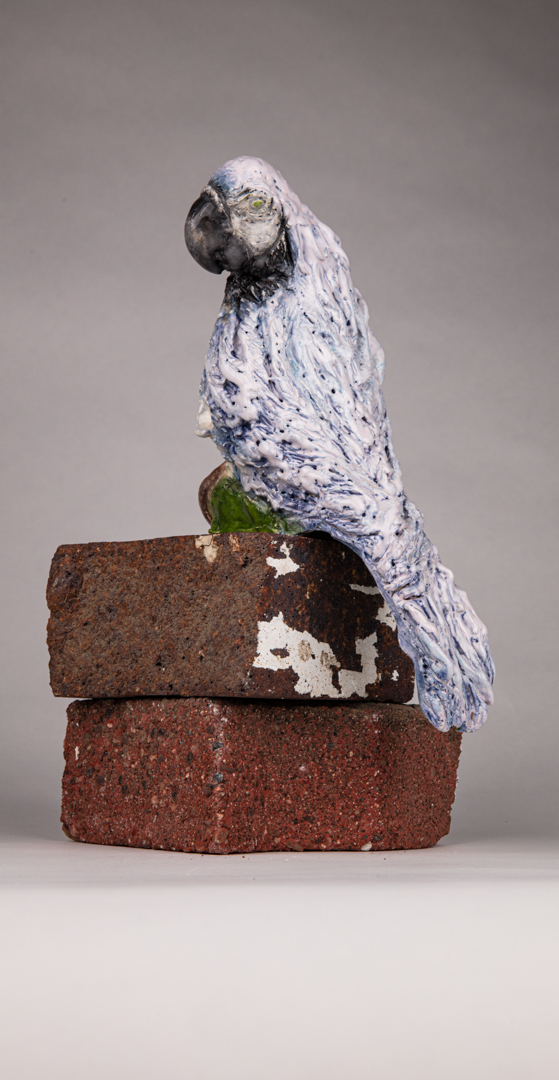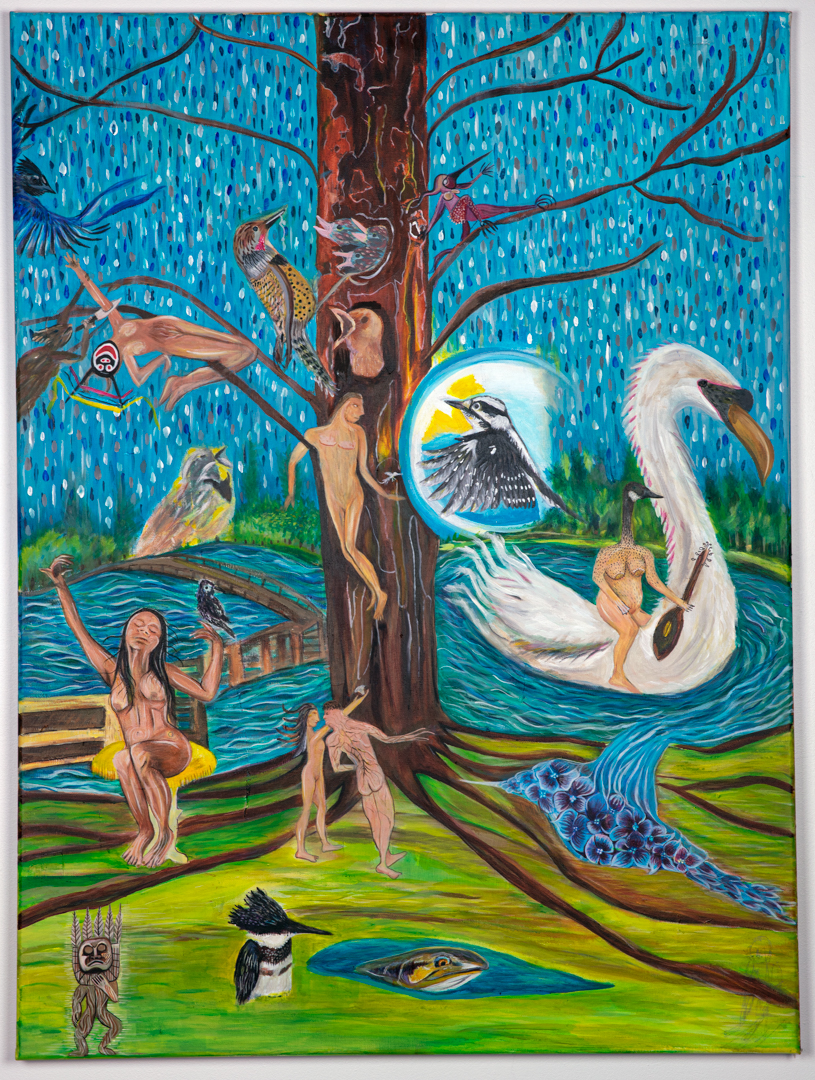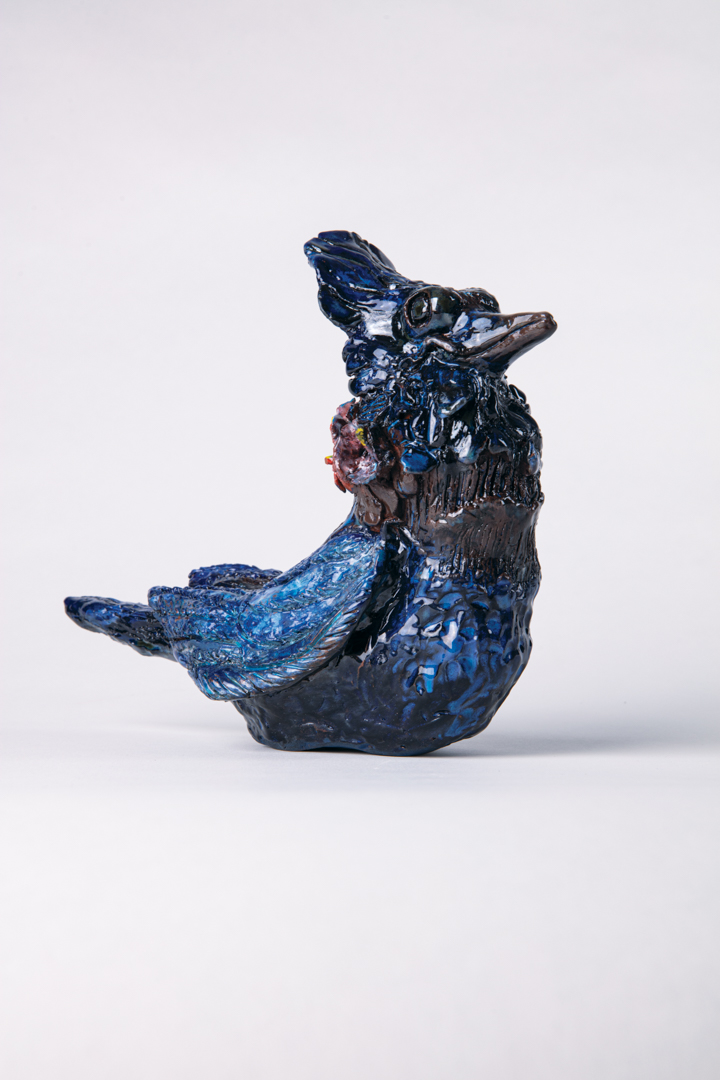
With her latest exhibit I Was the Storm showing at the Kariton Art Gallery, Zaira Ramirez Luis was chosen by the City of Abbotsford and the Abbotsford Arts Council to be the 2021 “Go Play Outside” Artist in Residence. With this phenomenal shift forward, Ramirez Luis conceives the natural world through inventive, skillfully crafted assemblages that navigate her intimate expressions of identity.
The artist who influenced her creative mind was her grandfather, who was an artisan in Venezuela.
“He made bronze sculptures, and as a child I started becoming curious about how the process of making objects and forms worked,” recalled Ramirez Luis.
While watching him create these sculptures in his studio, Ramirez Luis became wholly fascinated with the artistic process, which soon carved a new path for her sensational pursuit into artistry.

While pursuing her passion to create, she went to the Cristobal Rojas School of Visual Arts and gained a diploma in graphic arts. Meanwhile, her passion rekindled in the form of other mediums as an incredibly versatile creator.
“My UFV teachers Grace Tsurumaru and Alex Duff have been fundamental in my creative processes,” Ramirez Luis said.
What truly sparked her influential journey through the arts, however, was Marisol Escobar.
“She was a very important woman in the scene of pop art, so I really admire her,” Ramirez Luis said, while flipping through several pictures of Escobar’s immersively beautiful sculptures. “In South America, she really reached all those topics about our folklore and our culture; she also worked with Andy Warhol.”
“[Escobar] had a grasp on female topics, family topics, Venezuelan topics, and South American topics,” Ramirez Luis continued. “Marisol, even though she didn’t have any kids, took the topic of family and tried to show it in her artwork. Most of my assemblages are inspired by her — my assemblage art is a response to her work. I’m trying to revive that assemblage movement that’s kind of dead in art. I don’t see that practice a lot. People tend to practice more digital work, but assemblages are more challenging. They reject that work, so I’m trying to revive that medium, that technique.”

This riveting impulse to revive a genre that has succumbed to digital media is a cause that motivated Ramirez Luis.
“One of the main topics that I’m working on right now is conditions. I’m trying to embrace my conditions as a woman, as a worker, and as a mother,” Ramirez Luis said. “I like to work with nature, especially now that people have different views about gender, about politics and technology. People are very separate from nature, but we’re all part of nature — so I always embrace my conditions.” She pointed to her chest. “I believe in gender. I am a feminist artist. I believe in the power of women.”
The corporeal form is a major part of her artistic vision. Ramirez Luis seeks to stretch the human body to its limit. Her representations mostly feature anatomical parts of the human experience.
“In my assemblage pieces, I always try to represent the physical body,” explained Ramirez Luis. “I include mouths, hearts, nudes, and that’s the way I try to represent the female form. I really try to defend that in my work. I work with body, with expressions. Sometimes I like to explore my interior and my exterior.” Ramirez Luis brought out an alluring sculpture of a glossy red heart, with patterned holes around the carving.

With expressive insight into her creative work, she described the plans for her future project.
“In my grad show, I’m going to represent my conditions as a worker by using repetition. I’m challenging my body. Through multiple digital exposures, I repeat movements in the workhouse I used to do labour for. I represent extreme movements that I used to go through as I worked in those conditions.”
“The main role as an artist is to make people think, to question, to argue, to get you out of their comfort zone and think, ‘Oh my goodness, this is not right!’ It’s to reflect on the big world around you and create a problem, to question your experiences as a person and your position in this world.”


